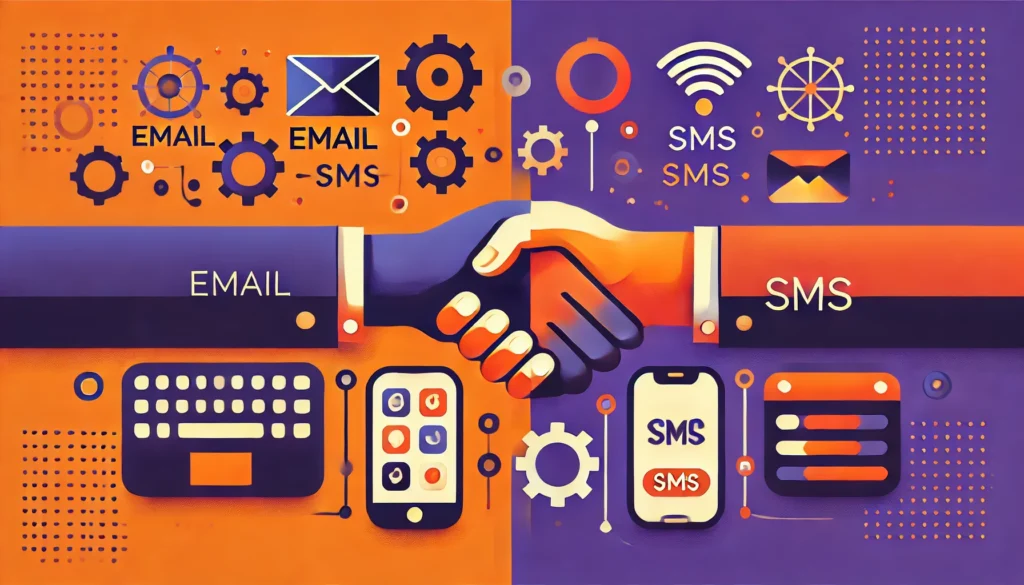Targeted Marketing: Show your audience what it wants to see
Product
Have you ever felt overwhelmed by ads that have nothing to do with you? That’s because many companies still spray their marketing messages widely, hoping to catch anyone who might listen. But what if you could speak directly to those who are actually interested? That’s where targeted marketing comes in. As a marketing expert, we know how crafting messages for specific groups significantly increases engagement and sales. By the end of this article, you’ll understand how targeted marketing can transform your business by reaching the right people with the right messages.
What is Targeted Marketing?
Targeted marketing is a strategic approach that identifies and focuses marketing efforts on specific segments of the audience who are most likely to benefit from your products or services. Instead of casting a wide net with a general message, targeted marketing analyzes data about potential customers—such as their demographics, buying behavior, and personal preferences—to craft personalized messages aimed directly at these groups. This technique ensures that marketing resources are spent more efficiently, making campaigns more effective by resonating deeply with the needs and desires of a precisely defined group. This personalized approach not only enhances customer experience but also significantly improves the chances of converting prospects into loyal customers.
The Importance of Targeted Marketing
Targeted marketing is crucial for businesses looking to thrive in a competitive market landscape. By focusing marketing efforts on specific segments of the audience, companies can ensure that their messages reach the individuals most likely to be interested in their products or services. This strategic focus not only optimizes marketing budgets by reducing waste but also increases the effectiveness of campaigns through personalized communication. Customers today expect businesses to understand their unique needs and preferences; targeted marketing meets these expectations by delivering content that is relevant and engaging to each recipient. As a result, businesses that employ targeted marketing strategies often see a significant boost in customer engagement, higher conversion rates, and improved customer loyalty. Moreover, it’s imperative to recognize that neglecting to understand your audience and their needs can severely impact revenue, ultimately allowing competitors to poach clients. This emphasizes the critical nature of targeted marketing in not only capturing but also retaining the interest and loyalty of customers in a fiercely competitive market environment.
Ethical Considerations in Targeted Marketing
Data Privacy Laws:
With TCPA, understanding how to legally handle customer data is crucial. These regulations are designed to protect the consumer’s privacy and give them control over their personal information.
Ethical Data Collection:
Collecting customer data must be done transparently. Customers should know what data is being collected and how it will be used. Companies seeking to remain compliant seek consent and stay within contact communication guidelines before collecting and storing client data
Segmentation Strategies in Targeted Marketing
Market Segmentation Overview:
Segmentation is the first step in targeted marketing. It’s the process of dividing a broad consumer or business market into sub-groups based on specific characteristics.
Demographic Segmentation:
This involves grouping people based on variables such as age, gender, income, and education. For example, a luxury brand may target higher income levels to ensure their marketing resonates with people likely to afford their products.
Geographic Segmentation:
Here, the market is divided based on location. It’s useful for businesses like restaurants or stores that depend heavily on local foot traffic. Geographic targeting can range from broad scales like countries or cities to more granular levels like neighborhoods.
Psychographic Segmentation:
This type involves segmenting potential customers based on their lifestyles, interests, and attitudes. It’s particularly useful for businesses whose products cater to specific ways of life or values.
Behavioral Segmentation:
Focusing on behaviors such as purchase patterns, brand loyalty, and product usage can reveal a lot about how to engage customers. For instance, frequent buyers might receive different emails compared to those who need re-engagement.
Technographic Segmentation:
In our digital age, how people use technology can inform how they might respond to marketing. Whether they are early adopters or late majority can influence the type of messaging and technology used for marketing efforts.
Faqs
How does targeted marketing differ from traditional marketing?
Unlike traditional marketing, which often targets a broad audience with a one-size-fits-all message, targeted marketing uses detailed audience data to deliver personalized messages to specific groups based on their demographics, behavior, interests, and more.
What are the key benefits of targeted marketing?
The key benefits include increased marketing efficiency, higher conversion rates, improved customer retention, and enhanced customer satisfaction by delivering more relevant and appealing content to each audience segment.
Can targeted marketing be used for any type of business?
Yes, targeted marketing can be beneficial for businesses of all sizes and types, from B2C companies selling direct to consumers to B2B companies dealing with other businesses. The key is to adapt the strategy to fit the specific characteristics and behaviors of the target audience.
Start with your Targeted Marketing strategies
If you don’t know where to start, or you want to define your audience, try A/B testing to see what gets the best audience response. From there, it’s refining your messaging until you hit that advertising that works best.



